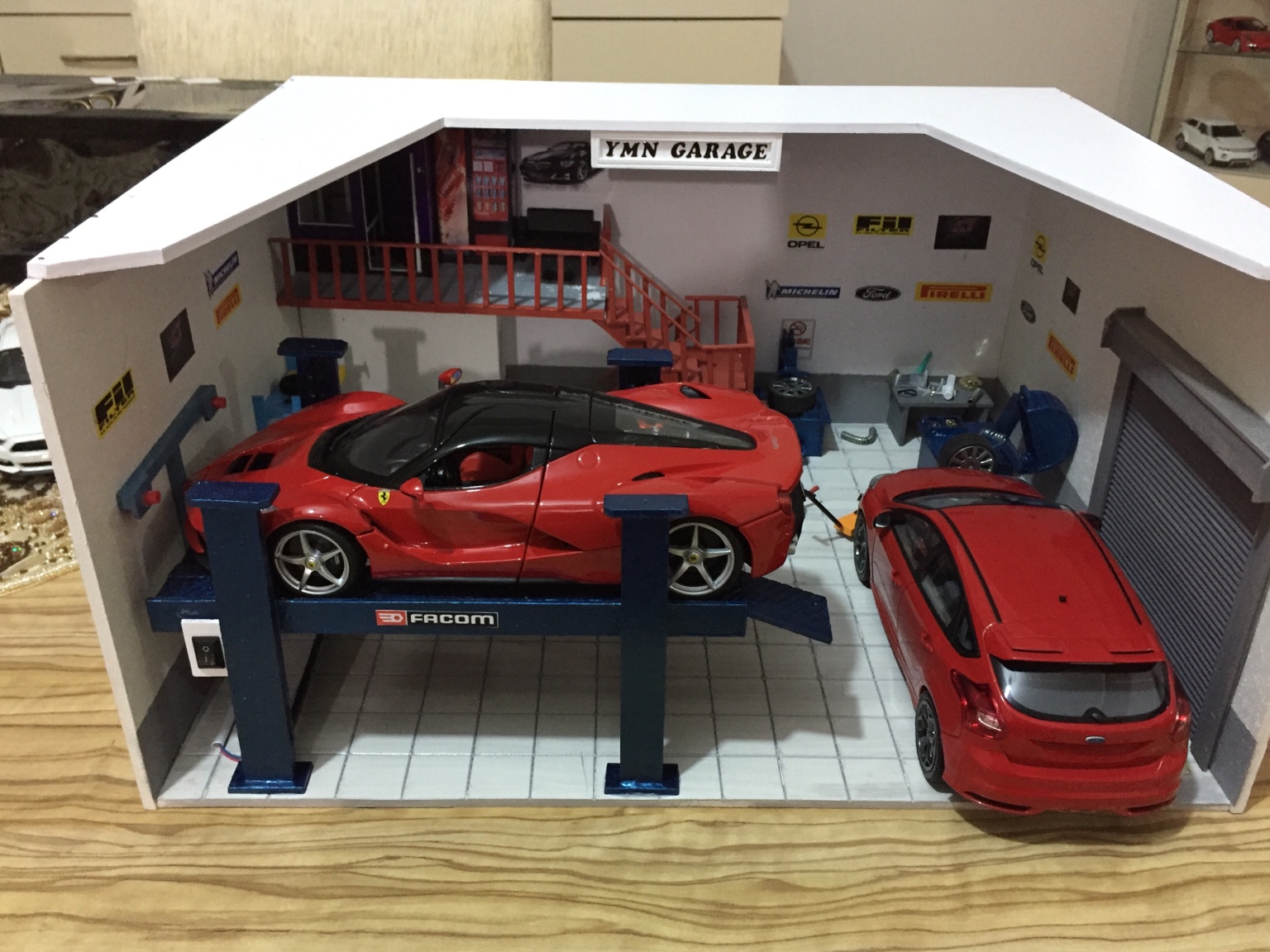Die-cast cars are a great way to have a model car without worrying about some of the maintenance issues that come from owning an actual car. Die-cast models have been around for almost 100 years, and they’re still popular today because of their durability and ease of use.
Die-cast cars are made from zinc and aluminium.
Die-cast cars are made from zinc and aluminum, which are both metals. Zinc is a metal that you can find in many household items like coins, batteries, flashlights, and food cans. It has been used to make toys for over 100 years because it’s durable and can be recycled. Aluminum is another popular material that’s used in diecast models Melbourne because it is lightweight but strong enough to hold up all the parts needed to make a car look realistic.
Die-cast models have been in existence for almost 100 years.
Diecast models have been around for almost 100 years, but the first diecast model was made in France in 1932. The company Lesney began producing the first diecast model car in 1947, and it was a racing car, a miniature of an MG TF sports car.

They are also known as scale models.
The term “scale model” describes a scale replica of an object, often used for display purposes. The most popular scales are 1:43 and 1:64.
For example, if you were making a scale model of your car it would be placed on the floor and measured at 1/43rd or 1/64th scale, respectively. This means that your car would measure 43 or 64 times smaller than its real life dimensions!
Where do diecast models fit into this? Well they are also known as scale models too – their size compared with its real-life counterpart is determined by the same ratios but using different measurements (in inches). For example, if we were talking about cars like those made by Matchbox Miniatures, then they would be around 38mm long, while Hot Wheels cars service would measure around 21mm long.
Some diecast car parts can be replaced.
Some parts are interchangeable in diecast model cars. However, some parts cannot be replaced because of the nature of the casting process.
Here is a list of parts that can be removed and replaced:
- Front axle/steering knuckle/rear axle (some models)
- Hood, trunk lid (some models)
- Doors (some models)
Here’s how to tell if a part can be replaced: Look for the plastic tab on the underside of the car’s body where you would normally pop off a door or hatchback. If there is one, then it’s removable! If not, there are no other doors or hatches on this model of car.
Conclusion
These are just a few things you need to know about diecast models Melbourne. If you’re interested in collecting them, then it’s important that you learn as much about them as possible before buying one for yourself.

